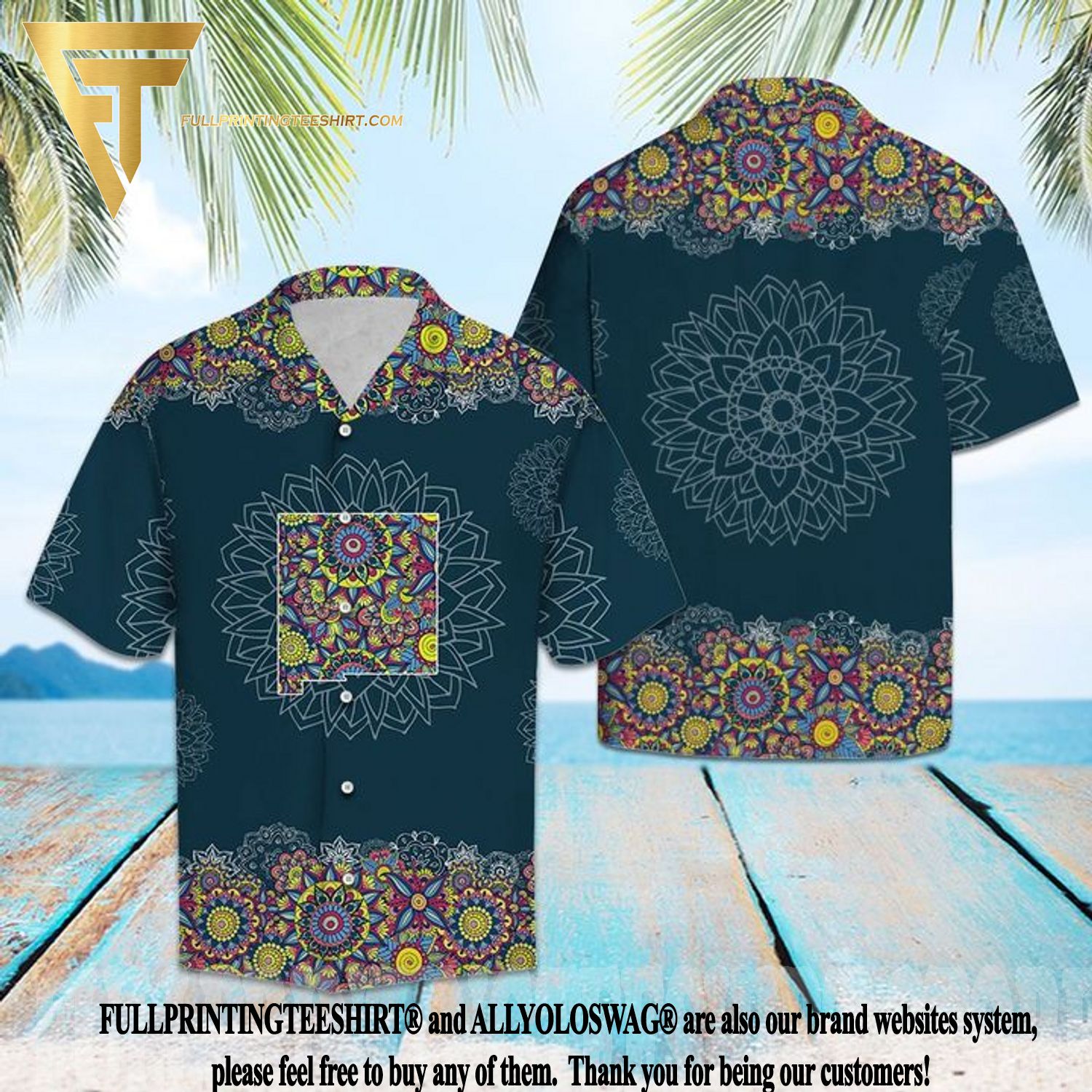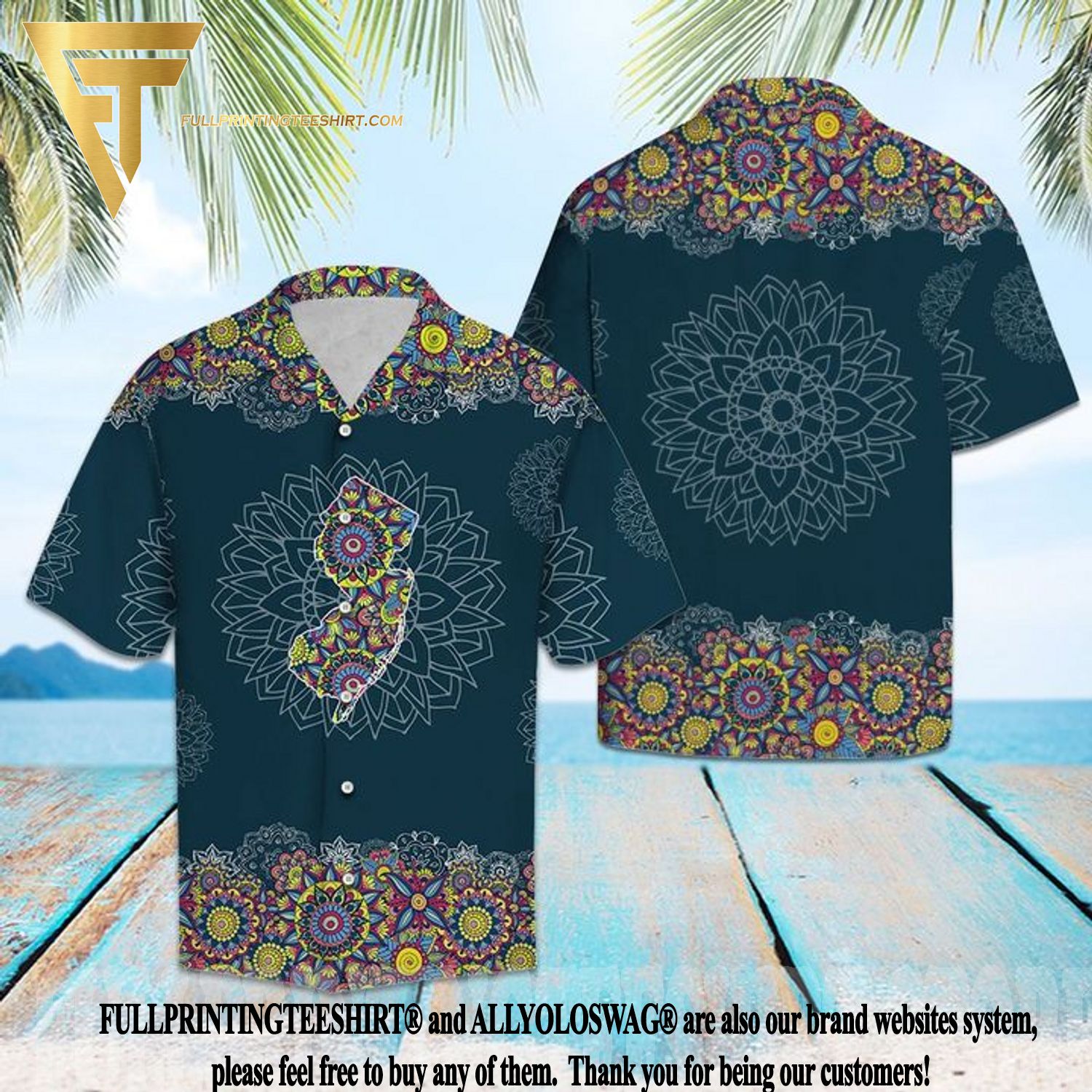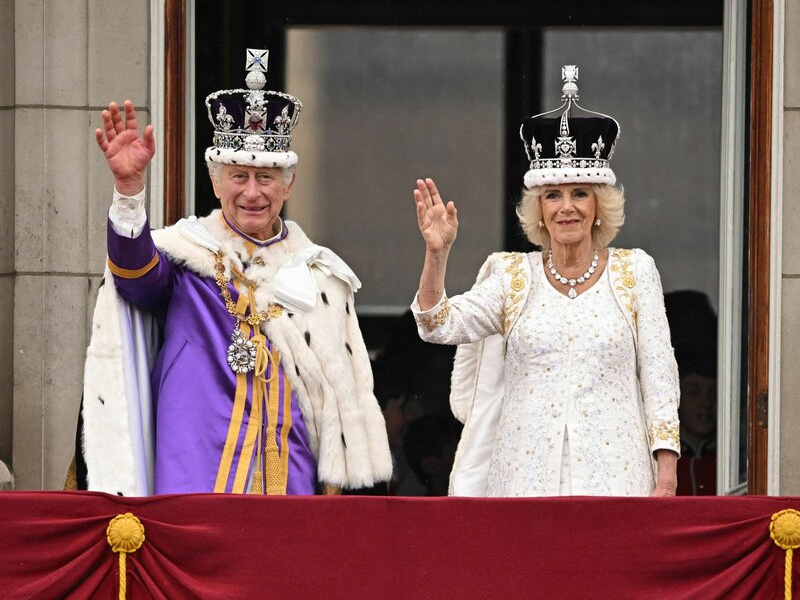Style
Why doesn’t queen Camilla wear the “infamous” Koh-i-noor diamond tiara like her predecessors?
Buckingham Palace (UK) has averted an international controversy by declaring that Queen Camilla’s coronation crown will not have the Koh-i-Noor – the most “infamous” diamond in the world today.
Why doesn’t queen Camilla wear the “infamous” Koh-i-noor diamond tiara like her predecessors?
The historic coronation of King Charles III not only attracts the public with rare solemnity, but every item worn by members of the Royal Family becomes the focus of discussion. In particular, instead of following a tradition spanning more than a century, Queen Camilla wore Queen Mary’s tiara again, with Cullinan diamonds to add to her regal status, instead of wearing a custom-made tiara. her own creation with the Koh-i-Noor diamond as Queen Alexandra, Queen Mary, and Queen Dowager Elizabeth had done before.
This was to be expected, as the announcement in February 2022 that Camilla would become Queen caused an outcry in India that she would wear a tiara set with the Koh-i diamond. – Noor. The controversy flared up again after the death of Queen Elizabeth II, and India again demanded the return of the diamond. Pakistan, Bangladesh, and Afghanistan also claim ownership of Koh-i-Noor.
You certainly won’t notice it when you look at it, but this stone has dripped with a bitter and bloody history. Men gouged out their eyes, poured molten lead over their heads, poisoned, beat, and killed each other in pursuit of this diamond. In Persian, the word Koh-i-Noor means “Mountain of Light” – an ironic name given its history, which has always been shrouded in darkness. The original gem weighed 186 carats, about the size and weight of a chicken egg.
Before the discovery of diamond mines in Brazil in 1725, all the diamonds in the world came from India. Really ancient stones, like Koh-i-Noor, were deposited by the soil through the silt in the riverbed. It is impossible to be sure exactly when it appeared, but Indian folklore often associates the diamond with a mythical stone in ancient Hindu scriptures. In it, the gem Syamantaka is said to belong to Surya, the sun god, and has the power to destroy unworthy mortals. Perhaps this is the origin of the idea of the Koh-i-Noor curse.
In the official historical record, Koh-i-Noor is first mentioned in the early 17th century, when Emperor Shah Jahan ordered the construction of the most splendid throne in the world. Shah Jahan’s peacock throne consisted of a seat, canopy, and pillars, and in its proudest position were two gem peacocks, one of which was studded with a Koh-i-Noor. After a failed assassination attempt, the Emperor became increasingly violent and ordered to blind his heir, whom he suspected was behind the failed ambush. From that point on, he quickly descended into madness and was beheaded by an assassin, leading to a fear of a cursed diamond.
After many ups and downs, the diamond made its way back to its native India thanks to Maharaja (King) Ranjit Singh in 1813. Singh made the Koh-i-Noor the symbol of his reign, tying it to his biceps. to show the world that he is not afraid of humans or curses. Ranjit Singh ruled the Sikh empire for another 26 years, dying peacefully in his sleep in 1839. The latter, however, were not so fortunate. Four years after his death, Singh’s eldest son was poisoned to death, and his grandson was crushed by bricks in an “accident”. Another son was killed in a shootout. One grandson and heir died at birth, and another was slashed to death by a sword.
By 1843, the kingdom was filled with blood, intrigue, and talk of the cursed Koh-i-Noor. In 1849, the East India Company took over the Lahore empire, and the boy Duleep Singh – the last king of India at that time was forced to sign a treaty giving up the kingdom and Koh-i-Noor. The way the boy was separated from his mother, isolated, and forced left a wound in the Indian psyche. From there, the Koh-i-Noor diamond represents the humiliation of colonial rule for many Indians to this day.
You can click on the images below to own our products


















































Homepage: http://fullprintingteeshirt.com/


